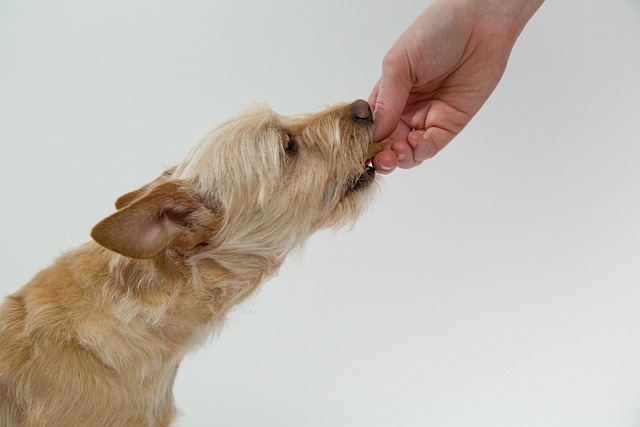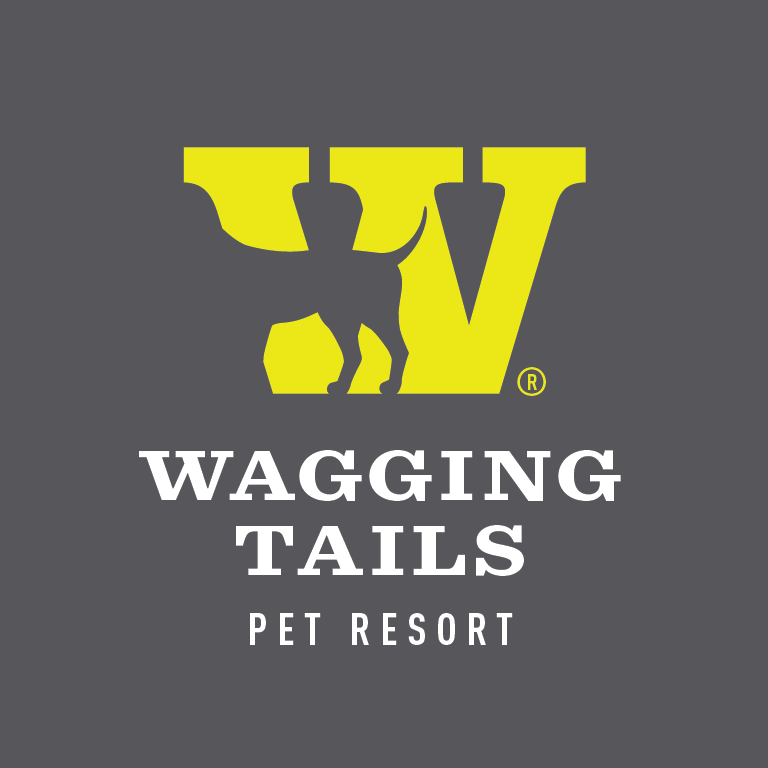Putting Kibble To Work
Hand-Feeding Your Dog
When it comes to feeding time, it’s common practice to dump some kibble in a bowl and call it good.
 While there’s nothing wrong with that approach, there’s also a lot more that you can do with your dog’s kibble. And it doesn’t take tons of extra time.
While there’s nothing wrong with that approach, there’s also a lot more that you can do with your dog’s kibble. And it doesn’t take tons of extra time.
We’re talking about hand-feeding. This common dog-training practice provides numerous benefits, such as:
- Relationship and trust building
- Encouraging slower eating
- Helping with resource guarding
- Providing mental enrichment
And you don’t have to worry about too many extra treats causing weight gain.
It’s also easy to incorporate into a busy schedule in several different ways. That’s because you can use hand-feeding to distribute some or all of your dog’s daily kibble.
Simply measure out your dog’s daily food portion to avoid over- or under-feeding. Then, decide which of these options to try – or do them both!
Hand-Feeding Strategy One
One of the most common hand-feeding strategies involves dispensing kibble as a reward throughout the day.
Basically, any time you see your dog doing something “good,” you give them a piece of kibble. This approach helps reinforce behaviors you like to see – but it doesn’t stop there.
This approach also encourages your dog to focus on you more, which helps establish, build, and strengthen your relationship.
A strong bond is the backbone of every human/canine relationship, but it’s especially beneficial when you have shy or fearful dogs. Why? They focus on you more instead of those scary distractions.
You can even use this form of hand-feeding to teach your dog impulse control.
Hand-Feeding Strategy Two
Hand-feeding as a reward isn’t the only way you can use kibble. You can use it for playtime too!
If your dog has a high prey drive, excess energy, or just loves a fun game, have them chase the kibble! That’s right; toss a piece of kibble and encourage your dog to go after it. Then repeat!
This “game” may seem silly, but it gives a dog the chance to feed their natural instincts – chasing food. That also adds up to an enrichment activity that works their bodies and brains!
For the best results, choose well-lit areas that aren’t slippery. The kibble should be easy to find; it’s all about the pursuit. Once you hear them crunching, toss another piece of kibble in the opposite direction to keep “the chase” going.
It’s also important to keep your dog’s physical health and ability in mind when you toss.
This game is all about instant gratification from “the chase,” even if they can’t move very quickly (or far). Younger dogs may charge down a hallway over and over again after their kibble, but less mobile dogs still love the game when it only involves a few steps.
Finally, this is only the tip of the iceberg when it comes to hand-feeding. You can learn more about hand-feeding here.

